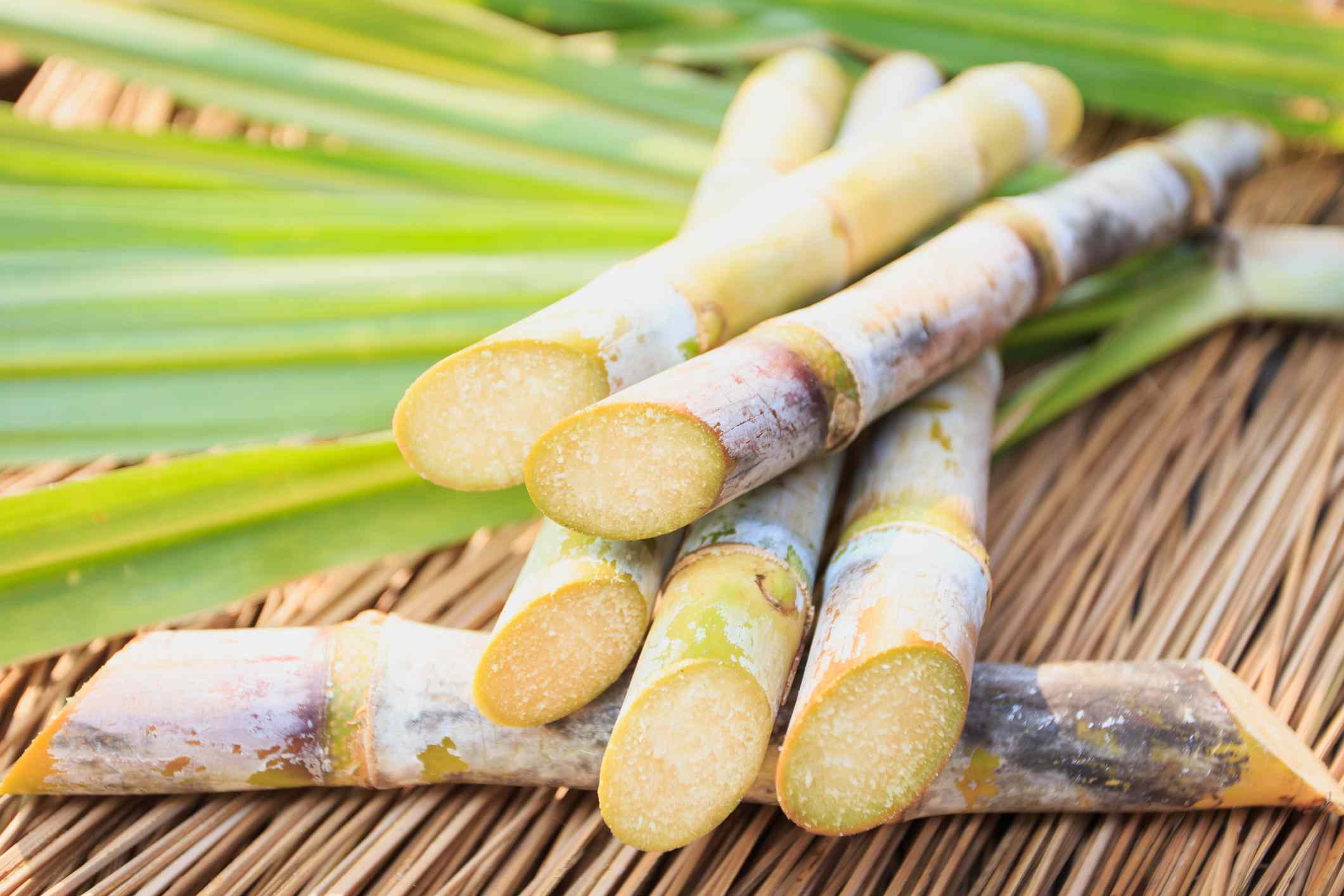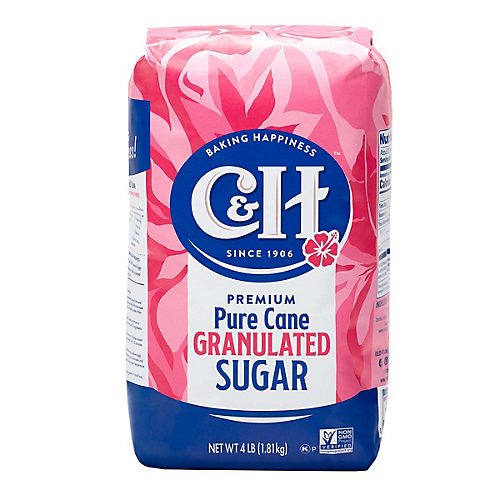Cane Sugar Processing: Ingenious Methods for High Quality Production
Cane Sugar Processing: Ingenious Methods for High Quality Production
Blog Article
A Thorough Guide to the Environmental Effect and Sustainability Practices in Walking Cane Sugar Processing
The ecological effect of cane sugar handling offers a complex variety of difficulties that warrant careful examination. From dirt deterioration and excessive water use to the carbon impact associated with cultivation and manufacturing, the repercussions of conventional techniques are far-reaching. What specific techniques can be executed to strike an equilibrium in between productivity and ecological stewardship?
Summary of Cane Sugar Handling
Cane sugar processing entails a series of organized steps that change sugarcane into polished sugar. At first, harvested sugarcane is moved to processing facilities, where it undergoes cleaning up to remove soil and particles. Following this, the walking stick is squashed to extract juice, which is after that clarified by removing pollutants through home heating and the enhancement of lime.
The cleared up juice undertakes evaporation, where water is gotten rid of to concentrate the sugar material. This focused syrup is after that crystallized with air conditioning, allowing sugar crystals to create. These crystals are separated from the staying syrup making use of centrifugation, leading to raw sugar. To attain polished sugar, the raw item undergoes additional filtration processes, which may consist of cleaning and filtering to eliminate continuing to be impurities and color.
The end product is after that dried and packaged for circulation. Throughout this whole process, keeping effectiveness and quality assurance is important to guarantee the sugar satisfies market criteria. Each action in walking cane sugar processing not only contributes to the final product but likewise has ramifications for source use and waste generation, establishing the phase for conversations on sustainability and ecological effects related to sugar manufacturing.
Ecological Obstacles of Manufacturing
The manufacturing of walking cane sugar offers numerous substantial ecological obstacles that warrant attention. One primary worry is the comprehensive use agrochemicals, including fertilizers and chemicals, which can cause soil degradation, biodiversity loss, and contamination of local water resources. The drainage from sugarcane areas usually lugs these chemicals right into close-by environments, interrupting aquatic life and affecting the health of areas reliant on these water bodies.
An additional difficulty is the high energy consumption linked with sugarcane handling. The boiling and refining stages call for considerable heat, mostly produced by melting nonrenewable fuel sources, adding to greenhouse gas emissions. In addition, the extensive land area required for sugarcane growing can lead to logging and habitat destruction, more intensifying climate modification and threatening wild animals.
Additionally, the labor methods in some regions elevate moral problems, as employees may encounter bad working problems and insufficient wages. This circumstance typically perpetuates a cycle of hardship in local areas. Cane Sugar Processing. Dealing with these ecological challenges is critical for creating much more lasting practices in walking stick sugar production, eventually profiting both the environment and the neighborhoods associated with this market
Water and Land Usage Effect
Water sources and land utilization are important components in the walking stick sugar sector that substantially influence the environment. The growing of sugarcane calls for considerable water input, with price quotes suggesting that it can take in approximately 2,000 litres of water per kilogram of sugar created. This extensive usage of water frequently leads to exhaustion of neighborhood water sources, affecting not just the sugarcane haciendas but likewise bordering ecosystems and neighborhoods that rely upon the same water sources for agriculture and residential usage.

Furthermore, land usage for sugarcane cultivation can bring about logging and the conversion of natural environments right into monoculture ranches. This method reduces biodiversity, disrupts local environments, and adds to soil degradation. The development of sugarcane areas frequently trespasses on important agricultural land, developing competition for resources in between food and biofuel production.
Sustainable techniques, such as optimizing irrigation strategies and implementing crop turning, are necessary check over here to minimize these impacts. By embracing extra efficient water usage and land monitoring strategies, the cane sugar market can lower its ecological footprint, making sure an equilibrium between agricultural efficiency and ecological conservation.
Greenhouse Gas Emissions
Greenhouse gas emissions represent a considerable ecological problem within the cane sugar processing market, particularly as agricultural practices broaden to satisfy worldwide need. The growing of sugarcane, a plant that prospers in exotic environments, counts greatly on synthetic fertilizers and pesticides, which contribute to nitrous oxide discharges. Furthermore, land-use modifications, including deforestation for brand-new sugarcane plantations, release co2 stored in vegetation and soil.
During handling, power usage is one more major resource of greenhouse gas discharges - Cane Sugar Processing. Lots of sugar mills make use of nonrenewable fuel sources to power equipment and generate warmth, causing significant carbon footprints. Furthermore, the transport of raw sugarcane and completed products includes layers of emissions via gas combustion in lorries
The collective impact of these emissions aggravates climate change, presenting dangers not just to the atmosphere but also to the lasting practicality of the sector. Stakeholders need to recognize the immediate need for thorough techniques that address these discharges. This involves examining current farming methods, refining methods, and transport systems to identify locations for improvement and mitigation. Dealing with greenhouse gas exhausts is vital for fostering a much more lasting walking stick sugar sector in a changing environment.

Sustainable Practices and Innovations
Sustainable techniques and developments are increasingly important in the walking cane sugar processing industry as stakeholders look for to lower environmental impacts while preserving efficiency. One significant innovation is the application of incorporated crop management, which enhances source use by incorporating soil monitoring, insect control, and plant rotation strategies. This method boosts yield while decreasing chemical inputs and protecting dirt health.
In addition, the adoption of eco-friendly energy sources, such as biomass from sugarcane deposits, has gotten grip - Cane Sugar Processing. By converting waste products right into energy, processing centers can reduce their reliance on fossil gas, thereby reducing greenhouse gas exhausts
Water management methods have actually also seen enhancements with the recycling and reusing of water in handling plants, considerably lowering freshwater consumption. Developments in modern technology, such as accuracy agriculture, enable farmers to keep an eye on plant wellness and resource usage better, ensuring sustainable growing methods.
Moreover, certification programs like Fair Profession and Jungle Partnership encourage ecologically liable farming practices and promote social equity within the supply chain. By embracing these sustainable methods and advancements, the walking cane sugar handling market can visit homepage boost its strength and add favorably to ecological stewardship.
Verdict
The ecological influence of walking cane sugar handling provides considerable difficulties, including soil degradation, high water consumption, and greenhouse gas emissions, alongside ethical concerns connected to labor practices. Addressing these concerns via lasting methods, click now such as integrated crop monitoring, renewable resource adoption, and water recycling, is vital. By promoting environmentally responsible and socially fair methods in sugar manufacturing, the market can reduce its adverse results, making certain a much more sustainable future for both neighborhoods and communities associated with this field.
Walking stick sugar processing entails a series of organized actions that transform sugarcane right into refined sugar. Each action in walking stick sugar handling not just contributes to the last product yet likewise has implications for source use and waste generation, establishing the stage for conversations on sustainability and environmental influences connected with sugar manufacturing.
Greenhouse gas discharges stand for a considerable ecological issue within the cane sugar handling industry, especially as farming methods increase to meet international demand.Lasting practices and advancements are increasingly crucial in the cane sugar processing sector as stakeholders seek to lower environmental influences while maintaining efficiency.The ecological impact of walking stick sugar handling offers significant obstacles, consisting of soil deterioration, high water intake, and greenhouse gas emissions, together with moral concerns associated to labor techniques.
Report this page